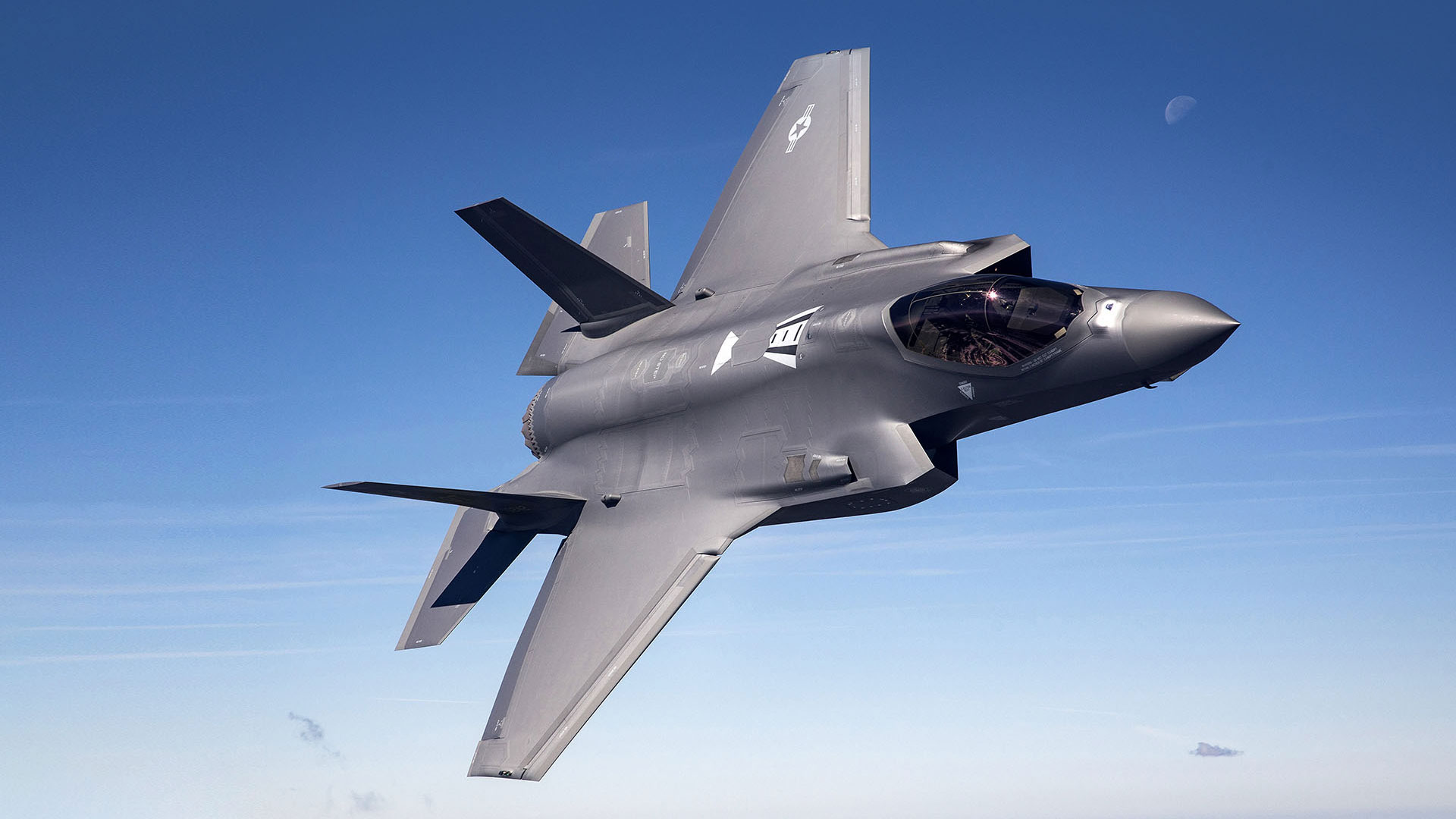We implement a comprehensive total waste reduction strategy that focuses on minimizing the waste our facilities generate and ensures that the waste generated at our facilities is properly handled according to local, state and national regulations. To do this, we consider packaging from our supply chain, reuse and repurposing of materials, and focused employee engagement to promote waste stewardship.
Waste management and disposal activities are governed by our Waste Disposal and Recycling internal corporate procedure. A corporate-wide Waste Reduction Working Group meets monthly to collaborate on waste reduction efforts and share related best practices. In addition, the Waste Reduction Working Group oversees the setting of annual project-based goals across our business areas to drive further reductions with an emphasis on circularity. 2024 project highlights include:
Orlando Recycling Program
The shipping department at our site in Orlando, Florida, implemented several solutions to reduce the number of materials being used. The team located several tipsters throughout the site dedicated to collecting cardboard and packaging materials. The collected materials are brought to the shipping department for reuse in shipments. The team also replaced plastic bubble wrap with recycled paper in shipments, where appropriate. Additionally, the team implemented solutions to increase reuse of large wooden crates required by some programs. Rather than using one-use securing methods that result in crate damage on opening, they installed locking mechanisms on the crates to allow for them to be latched/unlatched and reused after opening.
Corporate Headquarters and Conferencing Center
In 2023, the facilities team at our corporate headquarters and Center for Leadership Excellence in Bethesda, Maryland, partnered with an external vendor to start composting food waste. Composting reduces both the amount of food waste going to the landfill and the number of municipal solid waste pickups at the sites per week. At the same time, the food service vendor used at both facilities switched all plastic items to reusable or single-service eco-products, which are compostable. In 2024, this partnership diverted 80,154 pounds of food and food service packaging waste from a landfill. Composting food waste will be a standard practice going forward. Also, in 2024 hydration stations were added to the Center for Leadership Excellence, reducing over 40,000 plastic bottles from going to landfill annually.



